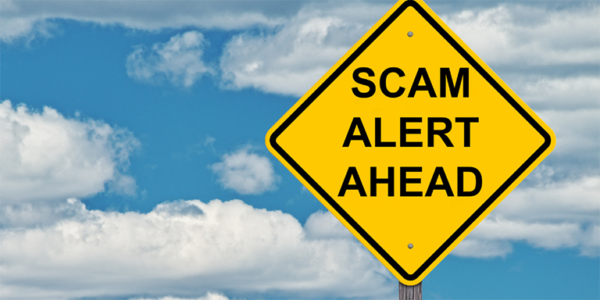US9514901185421 : online scams have become increasingly prevalent and sophisticated. One such scam that has recently emerged is the us9514901185421 scam. This deceptive scheme has targeted unsuspecting individuals, leading to financial losses and personal information theft. we will delve into the us9514901185421 scam, examining its modus operandi, warning signs, and most importantly, how you can protect yourself from falling victim to such online fraud.
The Anatomy of the us9514901185421 Scam
The us9514901185421 scam operates primarily through email and website phishing. Victims receive an email that appears to be from a legitimate source, such as a bank, government agency, or well-known company.
The email often claims that there is an urgent matter that requires immediate attention, such as an account suspension, a tax refund, or a lottery win. The email contains a link that directs recipients to a convincing but fake website that mimics the appearance of the genuine organization.
Once on the fraudulent website, victims are prompted to enter sensitive information, such as their Social Security number, credit card details, or login credentials. Unbeknownst to the victims, this information is harvested by the scammers for malicious purposes, including identity theft and financial fraud.
Warning Signs
Recognizing the warning signs of the us9514901185421 scam is crucial in protecting yourself from falling victim. Here are some red flags to watch out for:
- Urgent and Unsolicited Emails: Be cautious of emails that claim urgency and request personal information, especially if you did not initiate the contact.
- Generic Greetings: Scam emails often use generic salutations like “Dear Customer” instead of addressing you by name.
- Suspicious Links: Hover over any links in the email to check their destination. us9514901185421 If it looks suspicious or doesn’t match the claimed source, do not click on it.
- Grammatical Errors: Scam emails often contain grammatical and spelling errors, which are uncommon in official communications.
- Too Good to Be True: Be skeptical of offers that seem too good to be true, such as unexpected lottery wins or large sums of money.
- Check the Sender’s Email: Verify the sender’s email address. Scammers often use email addresses that mimic legitimate organizations but have slight variations.
Protecting Yourself
To protect yourself from falling victim to the us9514901185421 scam or any other online fraud, follow these precautions:
- Verify Emails: If you receive an unsolicited email requesting personal information or payment, independently verify its legitimacy by contacting the organization using official contact information from their website or official sources.
- Use Strong Passwords: Use unique and complex passwords for your online accounts, and consider using a password manager to keep them secure.
- Enable Two-Factor Authentication (2FA): Whenever possible, enable 2FA for your online accounts to add an extra layer of security.
- Educate Yourself: Stay informed about the latest scams and tactics used by cybercriminals. Knowledge is your best defense.
- Install Antivirus Software: Keep your devices protected by using reputable antivirus and anti-malware software.
- Trust Your Instincts: If something feels off or too good to be true, it probably is. Trust your instincts and err on the side of caution.
Conclusion
The us9514901185421 scam is just one example of the numerous online frauds that can threaten your financial well-being and personal information security. By staying vigilant, educating yourself, and following best practices for online safety,
you can significantly reduce the risk of falling victim to such scams. Remember, it’s always better to be cautious and verify the authenticity of any communication or offer before sharing sensitive information. Stay safe and protect yourself from online fraud.
FAQ
1. How can I recognize phishing emails? A . Look for suspicious sender addresses, typos, and requests for personal or financial information. Don’t click on links or download attachments from unknown sources.
2. What should I do if I suspect a scam? A . If you suspect a scam, don’t engage with the sender. Report it to the relevant authorities or organizations, and consider changing your passwords.
3. Are there red flags for online shopping scams? A . Yes, red flags include overly discounted prices, lack of contact information, and the absence of secure payment methods. Always research online sellers before making a purchase.
4. Can scammers use my personal information for identity theft? A . Yes, scammers can use your personal information for identity theft. Protect sensitive information and regularly monitor your credit reports for unusual activity.
5. Is there a way to check if a website is secure for online transactions? A . Look for https://www.whatthehellz.com/ a padlock symbol in the address bar, and check for user reviews and ratings. Stick to reputable websites for online shopping.

